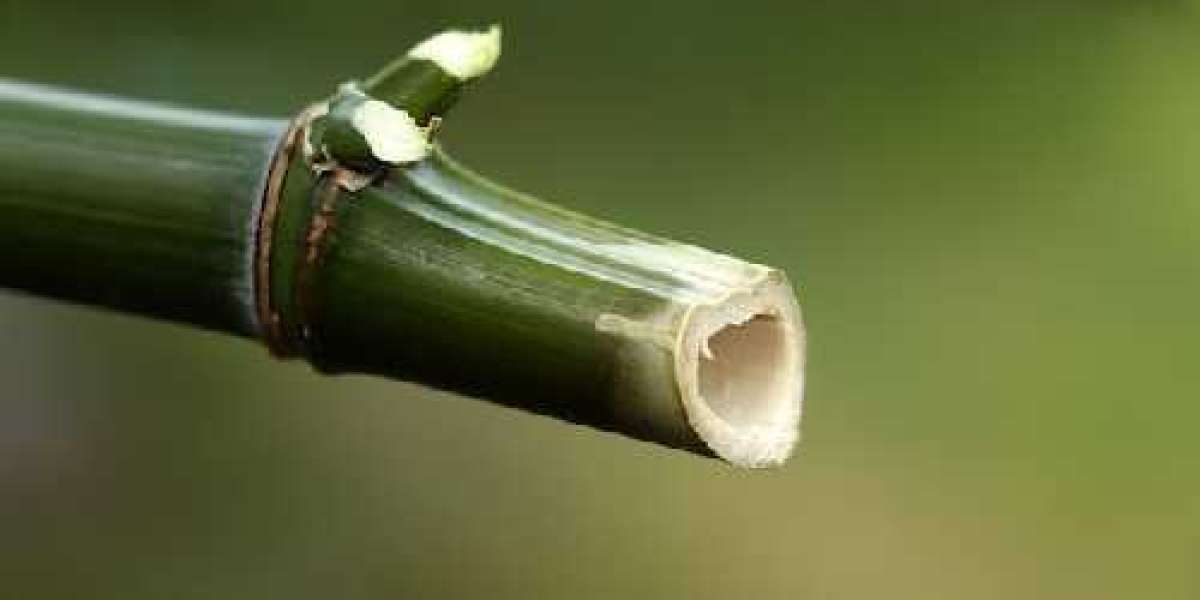Introduction:
Bamboo, a fascinating and versatile plant, has captivated human imagination for centuries. With its tall, woody stems and lush foliage, bamboo stands as a symbol of resilience and sustainability. However, the question of whether bamboo is a tree or a plant has perplexed many. In this article, we delve into the world of bamboo, unraveling its unique characteristics to shed light on its true botanical classification. is bamboo a tree or plant?
Bamboo: A Grass Like No Other:
Contrary to popular belief, bamboo is not a tree—it belongs to the grass family (Poaceae). However, it is unlike any other grass we encounter in our daily lives. While most grasses tend to be small, bamboo can reach astonishing heights, towering over 100 feet in some species. Its sturdy, hollow stems, known as culms, resemble the trunks of trees, contributing to the confusion surrounding its classification.
Structure and Growth:
Bamboo possesses a remarkable growth pattern that sets it apart from other grasses. It spreads through underground rhizomes, which enable the plant to propagate and create extensive colonies. These rhizomes, capable of rapid growth, allow bamboo to quickly cover vast areas, making it an excellent option for erosion control and land restoration projects.
Furthermore, bamboo exhibits a unique characteristic known as "monocarpy." Unlike most plants that flower annually, bamboo has an irregular flowering cycle that can span several decades. During this flowering event, bamboo produces an abundance of seeds, after which the parent plant dies. This phenomenon, known as "gregarious flowering," is a remarkable spectacle in the botanical world.
Environmental Impact and Benefits:
Bamboo's classification as a grass holds significant implications for its environmental impact and sustainability. Due to its rapid growth and efficient absorption of carbon dioxide, bamboo is hailed as a champion in the fight against climate change. It can sequester up to four times more CO2 than hardwood trees, making it an invaluable asset in carbon offset initiatives.
Moreover, bamboo's versatility and renewable nature have made it a preferred material in various industries. From construction and furniture to textiles and paper production, bamboo offers a sustainable alternative to traditional resources. Its strength, durability, and natural antimicrobial properties have further cemented its status as a desirable eco-friendly option.
Cultural Significance:
Bamboo's importance extends beyond its botanical classification. It holds deep cultural and historical significance in many countries. In Asia, bamboo is revered as a symbol of strength, flexibility, and longevity. It has been used for centuries in traditional crafts, such as basket weaving, musical instruments, and even as a medium for writing.
Conclusion:
While bamboo may resemble a tree with its towering culms and lush foliage, it is, in fact, a giant member of the grass family. Its unique growth patterns, rapid propagation, and eco-friendly properties make bamboo an exceptional plant that deserves our attention and appreciation. As we continue to explore sustainable solutions, bamboo stands tall as a testament to nature's ingenuity and resilience.








